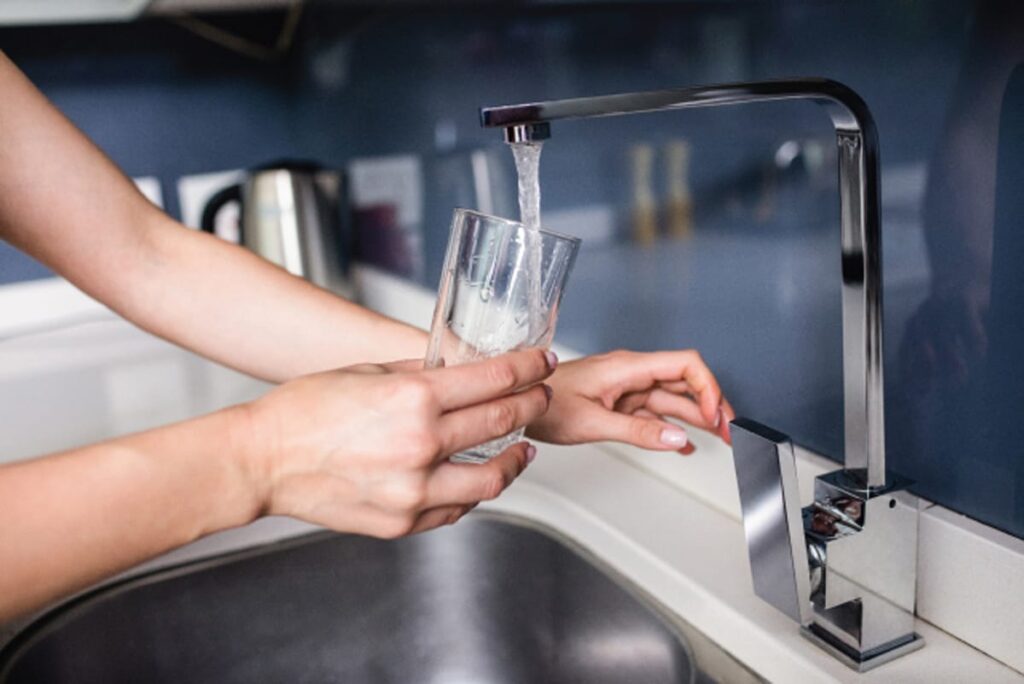
Understanding Copper in Tap Water: A Guide from American Aqua
Copper is often hailed as an essential element for our health, playing vital roles in various bodily functions, from the formation of red blood cells to maintaining nerve health. However, when it comes to drinking water, copper presents a unique challenge. While some copper is necessary for our diets, excessive levels can lead to serious health issues, particularly infants and those with specific genetic conditions. In this blog post, we will delve into the sources of copper in tap water, its health effects, and practical steps you can take to minimize risks.
The Source of Copper in Tap Water
Copper naturally exists in the environment, but the levels found in tap water primarily stem from plumbing systems. Copper pipes, commonly used in homes, can leach copper into the water, especially under corrosive conditions. Factors that increase copper leaching include:
- Acidic Water: Water with a low pH can dissolve copper more easily.
- Chlorine or Aluminum Levels: High concentrations of these substances can also exacerbate copper leaching.
- Duration of Water Stagnation: The longer water remains stagnant in pipes, the more copper it can absorb. Homes with newer copper plumbing are particularly at risk, as the protective mineral buildup that typically develops over time has not yet formed.
Regulations Surrounding Copper Levels
The federal government sets a standard for copper in drinking water, known as the “action level.” If more than 10% of tap water samples exceed 1.3 parts per million (ppm), water utilities must take action to mitigate leaching. This often involves techniques to control water corrosiveness, such as adding corrosion inhibitors or adjusting water chemistry.
However, these regulations may not adequately protect the most vulnerable populations, particularly infants and those with Wilson’s disease, a genetic disorder that leads to copper accumulation in the body. To better safeguard these groups, California has established a public health goal for copper at a much lower level of 0.3 ppm. Understanding how copper in tap water is regulated is vital for protecting vulnerable groups.
Health Effects of Excess Copper
For most healthy adults, the body can regulate copper levels effectively, but for infants and certain individuals, the consequences of excess copper can be severe.
Impact on Infants
Infants under one year old are particularly vulnerable to copper toxicity due to their developing systems. Drinking water with elevated copper levels can lead to:
- Gastrointestinal Issues: Symptoms such as vomiting, diarrhea, and stomach cramps are common.
- Weight Loss and Liver Damage: Prolonged exposure to high copper levels can result in weight loss and, in extreme cases, liver cirrhosis.
Given these risks, it’s critical for caregivers to be cautious, particularly when preparing infant formula. Water used to reconstitute formula should always be cold, as hot water dissolves more copper from the pipes.
Individuals with Wilson’s Disease
Approximately 1% of the U.S. population is affected by Wilson’s disease, a genetic condition that hinders the body’s ability to eliminate excess copper. For these individuals, even minor increases in copper intake can have serious consequences, affecting the liver, kidneys, and brain.
Practical Steps to Reduce Copper Exposure
If you’re concerned about copper levels in your home, there are several steps you can take to mitigate the risks:
- Flush Your Taps: If your home has copper plumbing, run your faucet for 15 to 30 seconds before using the water, especially if it hasn’t been used for several hours. This helps flush out any water that may have absorbed copper from the pipes.
- Use Cold Water for Cooking and Drinking: Always use cold water for cooking and drinking, as hot water can leach more copper from pipes.
- Install a Water Filter: Consider using a water filter specifically rated to reduce copper levels. This is especially important for households with infants and those at risk of copper toxicity.
- Test Your Water for Copper: If you rely on a private well, it’s crucial to regularly check its acidity and copper levels in tap water. American Aqua offers free in-home water tests.
Conclusion
While copper is an essential nutrient, its presence in tap water can pose significant health risks, particularly for vulnerable populations. By understanding the sources of copper in your water and taking proactive measures, you can protect your family’s health. At American Aqua, we are dedicated to providing solutions that ensure safe and clean drinking water for everyone. If you have concerns about your water quality, feel free to reach out for a complimentary in-home consultation. Your health is our priority!